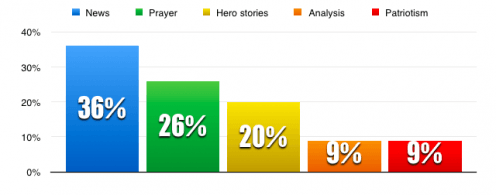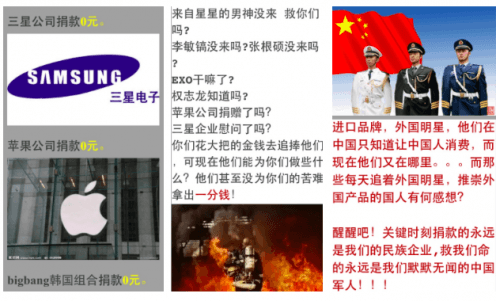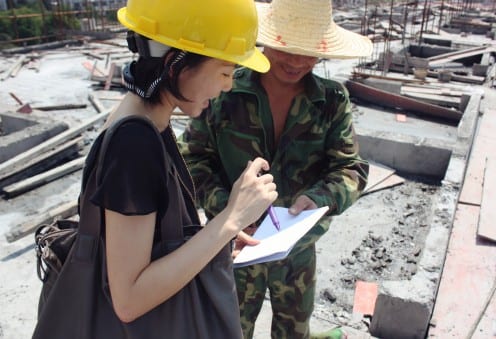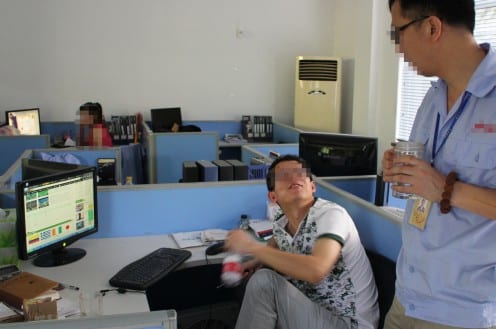What ordinary Chinese people post on social media after the Tianjin Blast
By Xin Yuan Wang, on 24 August 2015
“For two days, my WeChat news feeds has been awash with all kinds of articles and images about the Tianjin blast. But after merely two days, the routine on social media came back, food photos, holiday photos, kids photos, articles teaching you how to deal with the relationship between you and your mother-in-law all came back. People seemed to forget about the disaster already.”
A week after the appalling blast in Tianjin, China on 12th August, Zhou, a free-lance journalist and photographer, who I got to know when I was doing field work in Southeast China last year, told me her feelings concerning Chinese social media reaction to this event. She could not hide her disappointment.
Zhou’s remark accords with my own observations of my informants’ posts on both QQ and WeChat, the two Chinese dominant social media platforms. And like Zhou, I heard the news for first time from my personal WeChat. Social media has become the main (if not the first) channel for access to various kinds of information. But unlike traditional channels, social media presents these different kinds of information from news to a whole range of personal conversation together without curation. This clearly contributes to Zhou’s feelings about information fragmentation on social media where significant news becomes diluted by the huge amount of the ‘daily life’ content on social media.
But what exactly ordinary Chinese people post on their personal social media profiles vis-a-vis the blast? After the completion of 15 months fieldwork, I continued to follow two groups on social media on a daily basis. One comprise the rural migrants in a factory town where I did most of my field work (50 persons), and the other one a control group with whom I conducted in-depth interviews in Shanghai (30 persons). The table below shows how remarkably different the Tianjin blast related social media performance are of these two groups of people (All the people in Shanghai use WeChat, and the majority of rural migrants remain with QQ). Taking the four days following the blast (from 13 August to 17th August), on all 80 social media profiles, 44% of postings (42 postings out of 95) were related to the blast, of which almost 53% were posted the day after the blast. In general, there are five themes: News about the blast (36%), Prayers for Tianjin (26%), Hero stories (20%), in-depth analysis (9%), and patriotism postings (9%).
The News postings were straightforward, usually news reports with photos and very simply comments by people who shared it, such as “It’s shocking!”, “How terrible!” or “I am so sorry for Tianjin”. 60% of those news-based stories shared on social media came from people in Shanghai.
The ‘Prayers for Tianjin’ postings are those memes with text like ‘pray for Tianjin’ (see screenshots below). Some postings shared on people’s profiles went even moralized by claiming “Tonight we are all from Tianjin and suffer the same suffering, if you are Chinese please share this!”, a bit like “We are Charlie”. The majority (64%) of those memes come from rural migrants.
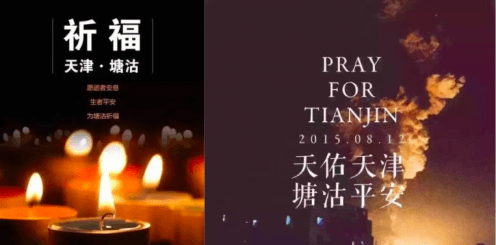
The ‘hero stories’ are also widely shared on people’s social media profiles where both people from Shanghai (50%) and rural migrants (50%) seems to show similar interests in stories like how firemen sacrificed their own lives, running into the fire when everybody was fleeting away; or how sniffer dogs worked day and night in order to save human beings.
In-depth analysis refers to editorials focusing on the cause of the accident. Articles of this kind were only shared only by people from Shanghai, who had education at master-level and above. In one of the articles the government and disaster relief system is strongly challenged. There is explicit criticism of the way that after a disaster people only share ‘pray for ***’ memes on social media, rather than really asking for the truth behind the disaster.
In contrast to the situation of ‘in-depth analysis’, rural migrants contributed all the ‘patriotism’ postings. One typical ‘patriotism’ (see screenshots below) started with a list of Chinese celebrities and companies who had donated money for the disaster relief, followed by the list of foreign celebrities and companies (such as south Korean stars, Samsung and Apple) who didn’t donate any money for this Tianjin blast. In the end of the article, it was urged that Chinese people should love the state since only the Chinese army can protect them and people who are big fans of foreign stars and foreign products should feel ashamed of themselves. Though I happen to know that one such person, a factory worker, had just spent on whole month salary on a iPhone prior to a blind date with a girl arranged by one of his fellow villages,
A close inspection of this pattern of posting on social media is revealing then not just about reactions to a disaster, but also key issues in contemporary China, such as the differences created by education and the appeal of nationalist ideology.
 Close
Close


